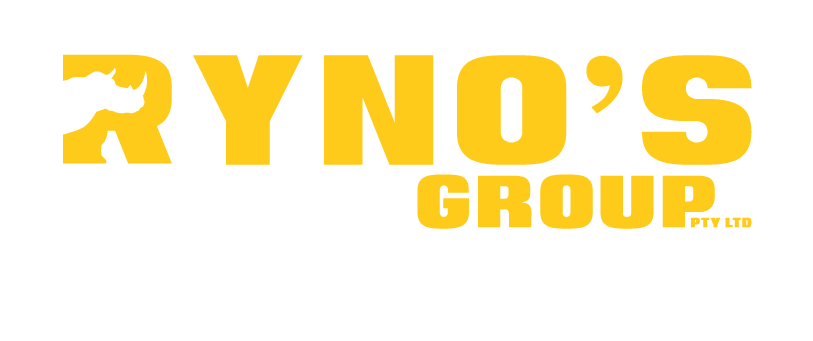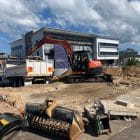From permits to protocols: How demolition companies streamline compliance in Australia
Every part of the construction process requires careful compliance to a number of required regulations and permits to avoid extremely costly fees, and danger to anyone on site. Streamlining that compliance for demolition in Australia is crucial, with a complex navigation through permits, protocols and regulations to meet legal requirements and maintain national industry standard safety adherence. Here is how demolition companies keep their compliance requirements in order through a streamlined process in Australia.
Understanding regulations
One of the most important jobs for demolition companies is to fully understand the regulatory framework that exists in Australia, especially as it varies state by state (or territory).
In Australia, compliance is streamlined through key regulatory guidelines, including Work Health and Safety (WHS) Act and the Environment Protection and Biodiversity Conservation (EPBC) Act.
The WHS ensures workplace safety by requiring risk assessments, robust safety protocols and providing resources for ongoing, tracked safety training to all employees with a proactive approach to comprehensive safety reports, maintenance and adherence.
EPBC Act, however, is more about environmental protection to ensure demolition projects are aligned with protecting against impact on biodiversity conservation and heritage. This includes impact assessments, permits, protocols for mitigation measures and a streamlined compliance that safeguards protected sites.
Obtaining Permits:
Securing permits is fundamental to a compliant demolition project. For residential and commercial projects, permits are a legal obligation taken on by demolition professionals, which can include local councils and government agencies. Without these permits, proceeding with demolition would be both illegal and hazardous.
To streamline the permit process, demolition companies often work closely with regulatory authorities, ensuring that their specific project is obtaining the right permits (even projects that seem very alike might have marginal, but important, differences that require different permits).
Also, when applying for permits, check there is no missing or incorrect information that can lead to delays or denials. Streamlining this process involves meticulous attention to detail, proper documentation, and adherence to deadlines, ensuring that the application is as comprehensive as possible.
Documentation and record-keeping
It is crucial to keep thorough records of all compliance-related activities regarding permits, safety inspections, environmental assessments, and training documentation. Simplifying compliance in this with digital record-keeping systems and document management software will make life a whole lot easier, and a higher likelihood of keeping safety and legality to standard.
Training and Education
Ensuring that employees are well-informed about compliance requirements is vital within industries like demolition where safety and regulatory adherence is priority. Employees who understand and adhere strictly to compliance guidelines are not only less likely to cause accidents or regulatory violations but are also more likely to contribute to a safer and more efficient workplace overall.
To achieve this, regular training and education programs can continuously update employees on evolving compliance standards and best practices. They provide opportunities for employees to learn about changes in regulations, safety protocols, and environmental considerations.
Streamlining compliance requires a proactive approach, a commitment to safety and environmental protection, and a thorough understanding of the regulatory landscape. By following these steps and staying adaptable, demolition companies can navigate the compliance challenges effectively while maintaining their reputation and ensuring public safety.






